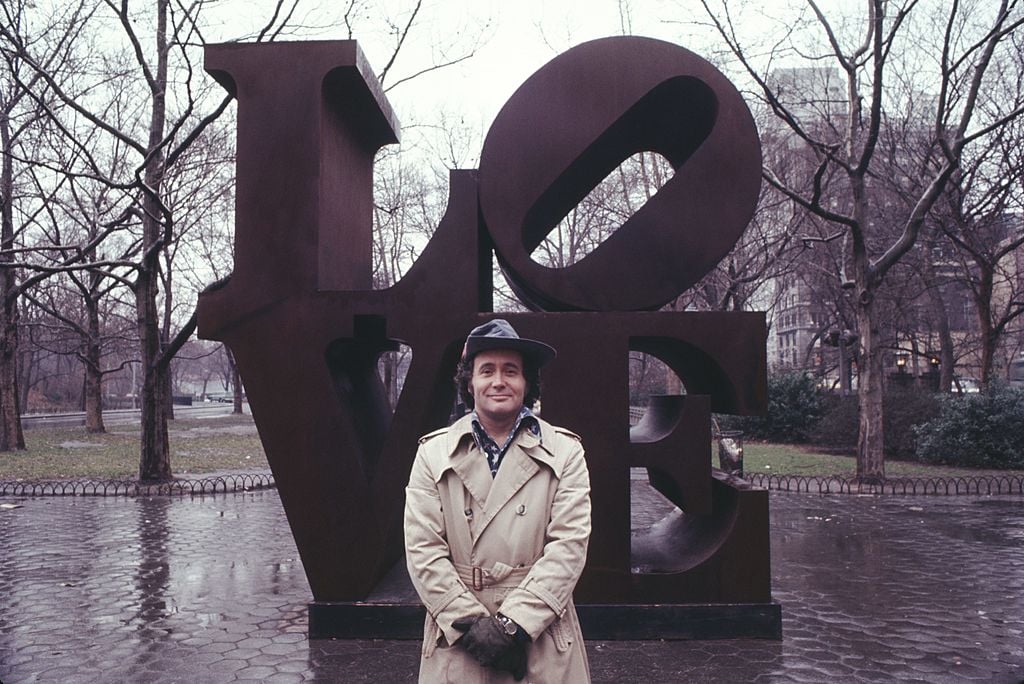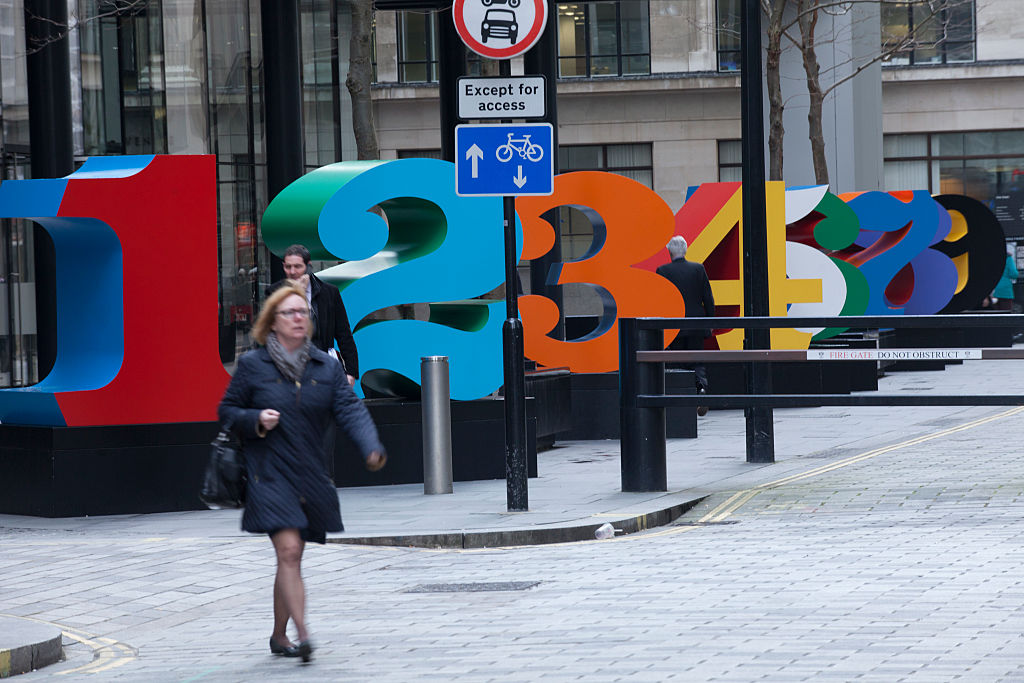Art World
Robert Indiana’s Catalogue Raisonné is Now Available for Free Online
The publication will help to rescue the Pop artist's legacy from the acrimonious legal disputes that followed his death.

The publication will help to rescue the Pop artist's legacy from the acrimonious legal disputes that followed his death.

Jo Lawson-Tancred

The new Robert Indiana catalogue raisonné has just been made available for free at robertindiana.com, providing the first official, comprehensive documentation of the American Pop artist’s decades-long practice, from 1955 until 2007. It will include all officially recognized works, a biographical chronology, exhibition history, and a selective bibliography.
The project is authored by Simon Salama-Caro, who began working with Indiana as a gallerist in 1988. From 1995, he was his exclusive world-wide representative for the authorized production, sale and promotion of several of Indiana’s most famous sculpture series. The project only includes paintings and sculptures that have been clearly documented through the artist’s records, gallery records, or fabricators’ records. Because it is online, the project is ongoing and will be continually updated as new information becomes available.
Despite his varied practice, Indiana is best known for his iconic LOVE artwork, which has appeared on postage stamps as well as large scale public sculptures. Though it achieved immediate success, by 1978 Indiana felt misunderstood by the mainstream art world and retreated to Vinalhaven, an island off the coast of Maine. In recent decades, a wave of institutional exhibitions have raised his profile and made him one of the best loved American artists of the midcentury.

Robert Indiana, One Through Zero (The Ten Numbers) in Lime Street, City of London, UK. Photo: In Pictures Ltd./Corbis via Getty Images.
The new catalogue raisonné has apparently been in the works since the early 2000s. However, its arrival was likely waylaid by a long-running, acrimonious legal battle over the rights to Indiana’s intellectual property and other assets. All sides accused each other of mistreating the aging artist in order to profit, and the dispute overshadowed the artist’s legacy and cast doubts on the authenticity of some of his later works, since it is not known to what extent he was meaningfully involved. Though Indiana’s market grew the year of his death in 2018, the value of aggregate sales at auction plunged by about 44 percent in 2019 before rebound in late 2021 after the legal claims were settled.
When asked why the catalogue raisonné ends in 2007 and whether works of potentially questionable legitimacy from the latter years of Indiana’s life will be included, a spokesperson for the project remained tight-lipped. “We plan to continue to update and expand it as and when new scholarly research is completed,” she said.
The complicated litany of legal claims and counterclaims were finally dropped in 2021. Now the non-profit Star of Hope Foundation, the beneficiary of Indiana’s estate which he established before his death, and the for-profit Morgan Art Foundation, which holds the copyright to some of his most famous works, have formed a partnership to jointly promote Indiana.
The fallout had started just one day before Indiana died, in May 2018 at the age of 89. The Morgan Art Foundation, filed a federal lawsuit against the art dealer Michael McKenzie, his company American Image Art (AIA), and Jamie Thomas, the artist’s caretaker in later life, who allegedly isolated Indiana and allowed him to live in squalor. The filing also claimed that Thomas and McKenzie had sold unauthorized works under Indiana’s name and sued them for copyright infringement, violation of the Visual Artists Rights Act, and breach of contract, among other claims.
One of the counterclaims by AIA alleged that the Morgan Art Foundation had not properly compensated Indiana for sales of his work and demanded it post a $500,000 bond payment, but this was dismissed by a federal judge in 2019.
Meanwhile, Thomas also sued Indiana’s estate, which has been valued at $66 million, for $2 million to cover his legal fees. In response, Indiana’s estate accused Thomas of neglecting Indiana in his old age and allowing him to live in a state of neglect despite having $13 million in the bank. The filing also alleged that he took $1.1 million without permission and stole 118 artworks and archival materials that he had claimed were gifts.
Most of these claims were dropped in June 2021, putting an end to the confusion about who had authority over the artist’s market. The dispute between the Morgan Art Foundation and McKenzie continued.
RI Catalogue Raisonné LLC does not authenticate or provide valuations of works of art by Robert Indiana.
More Trending Stories:
Agnes Martin Is the Quiet Star of the New York Sales. Here’s Why $18.7 Million Is Still a Bargain
Mega Collector Joseph Lau Shoots Down Rumors That His Wife Lost Him Billions in Bad Investments
Gerhard Richter’s Abstract Alpine Landscapes Will Converge at a Three-Venue Survey in St. Moritz